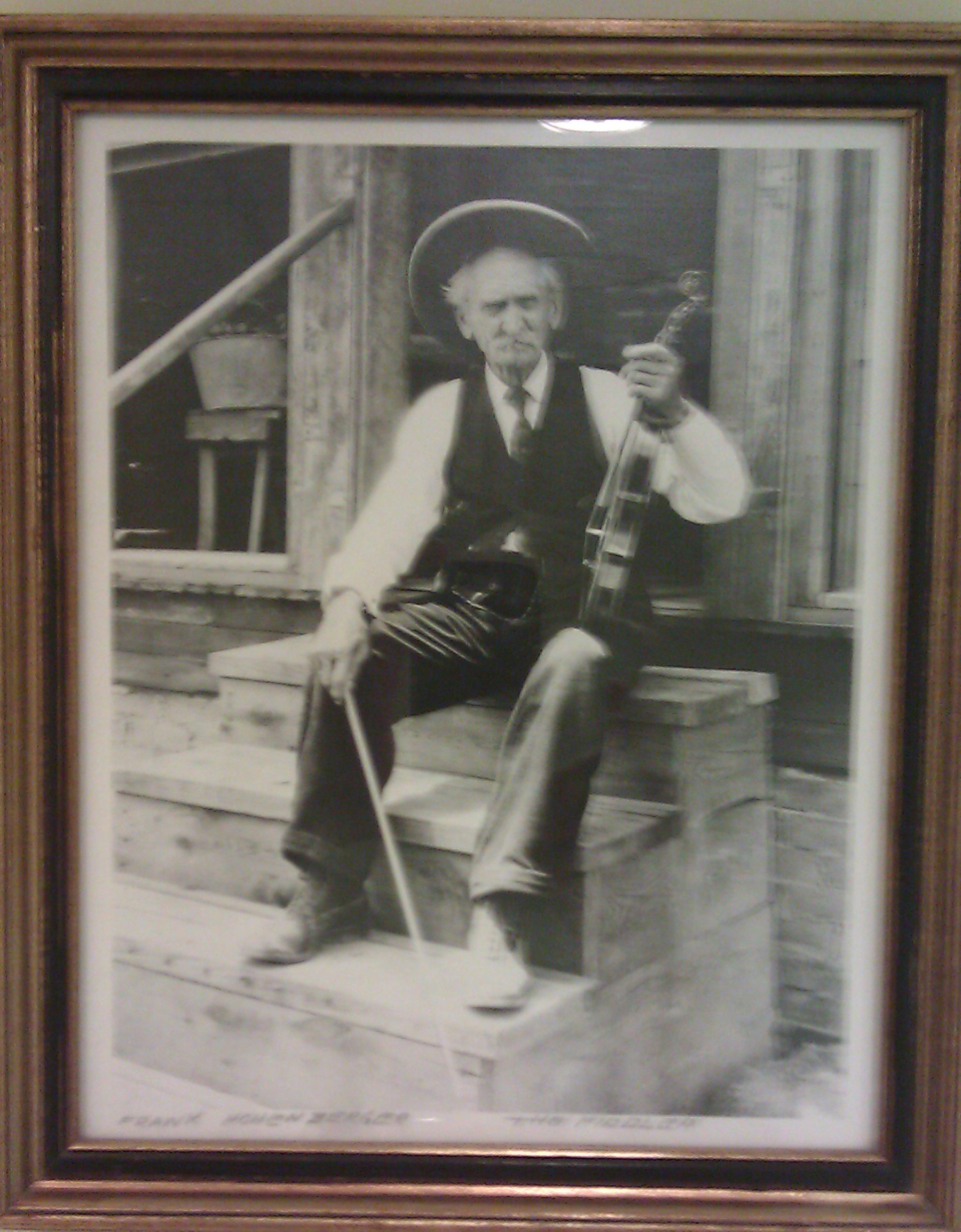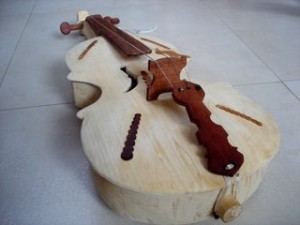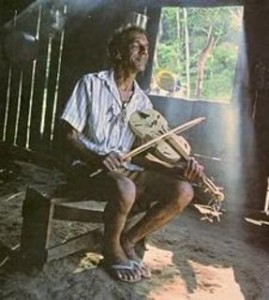Here is a simple, but lovely dance tune from Cleofes Ortiz, taken from a cassette album recorded in Bernal, New Mexico in 1986 by Jeanie McLerie & Ken Keppeler.

The album due to be reissued on CD by Ubik Sound. Until then, a CD is available from the webite for Bayou Seco, Ken and Jeanie’s band. There you will find this biographical sketch of Señor Ortiz, and more.
“Cleofes Ortiz was born in 1910 on Pajarito Plateau near Rowe, New Mexico. When he was eight years old, he made his first fiddle from a lard bucket, with screen wire strings. He learned most of his tunes from his cousin, Emiliano Ortiz, a well known fiddler who taught him both the local dance traditions and tunes he had picked up in lumber camps throughout New Mexico and Colorado. When he was 14, Cleofes began to play for local bailes and continued until his marriage, and a growing family of nine demanded all of his time. Around 1975, He resumed his violin playing, performing at weddings, funciones (feast days), festivals and senior centers in his area.”
Valse de los Paños is a waltz danced with handkerchiefs. A description of the dance from the early 1900s can be found in a book by Aurora Lucero-White, Folk-dances of the Spanish-colonials of New Mexico.
Valse de los Paños
Here are the ABCs. Note the key change to D for the B part . . .
X:4
T:Valse de Los Paños
M:3/4
S:Cleofes Ortiz
L:1/8
K:G
Bd | g3g fe | d2BG Bd | c2AF Ac | B2G2 Bd |
g3g fe | d2BG Bd | c2A2 F2 | G4 ::
K:D
z2 | ABAF Ad | f2f2 Ac | e2e2 Ac| d2c2 B2 |
ABAF Ad | f2f2 Ac | e2eA ce | d4 :|



















